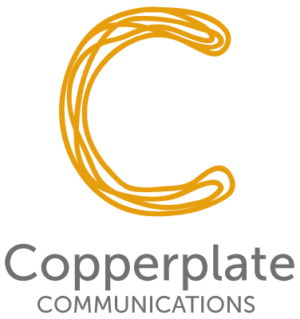How to Convey Tone in Marketing Copy
Many of my clients have a strong sense of their brand, and they want their marketing copy tone to be consistent with that brand.
So how, exactly, does a copywriter convey tone in marketing copy?
Although many factors determine marketing copy tone, there are four main variables I use:
- Contractions
- Sentence length
- Clichés, idioms, slang
- Word choice.
Contractions
Using contractions makes your copy sound more casual and friendly than non-contraction copy. For example, compare the following two sentences:
We have been in business for over 15 years.
We’ve been in business for over 15 years.
The difference is subtle, but it’s there. Sometimes inexperienced writers don’t use contractions in their marketing copy because they think it sounds more professional. But in truth, contraction-less copy only sounds stiff, formal and unapproachable.
Sentence Length
In academia, most of us were taught to use long, multi-part sentences that covered half a page.
Different rules apply to marketing copy. Copy filled only with long sentences is too formal (and boring). Getting the right tone is partly a matter of using a mix of short and long sentences.
Clichés, Idioms, Slang
Is there any place in copywriting for clichés, idioms or slang? Some say no. I say maybe. Strategic use of clichés, idioms and even slang can be a quick and powerful way to convey something about your brand.
If you’re a national bank, you should probably avoid clichés, idioms and slang. But if you’re a manufacturer or retailer of snowboards, for example, then judicious use of these tools can help capture your brand.
Word Choice
Of all these variables, word choice is the most powerful.
A brief history lesson: The English language descends primarily from two sources: Germanic (brought to Britain in the fifth and sixth centuries by Angles and Saxons) and French (derived from Latinate).
Words derived from the Germanic (i.e. Anglo-Saxon words) tend to be shorter, more concrete and “earthy.” Words derived from the Latinate tend to be polysyllabic, abstract and “of the mind.”
For example:
Anglo-Saxon –> Latinate
Eat –> Consume
Ask –> Inquire
Go –> Depart
Job –> Position
Know –> Recognize
You get the idea.
Striking the right tone in your web copy is partly a matter of choosing the right mix of Anglo-Saxon and Latinate words.
Does your website and marketing collateral copy reflect your brand? If you’re interested in redeveloping some of this material, feel free to give me a call.
